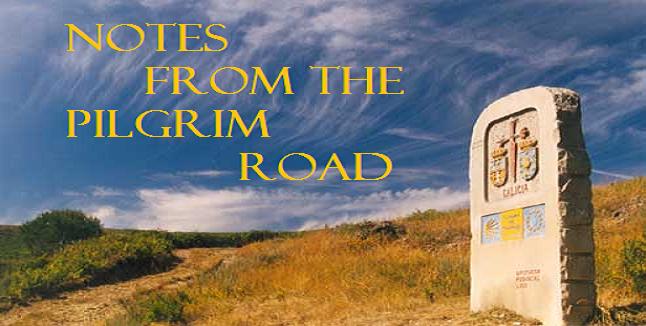It is a famous church built in the Romanesque style, and many consider it the church to officially usher in the Gothic style with its pointed arched around the choir.
St. Bernard preached the 2nd and 3rd Crusades here, and Richard the Lionhearted and Phillip of France met here to lead their armies to Jerusalem.
Isabel Update: Also, Isabel took her very first steps outside the church. This was not planned. She took about three steps, stopped for a second and then took three more! We were very excited.






No comments:
Post a Comment